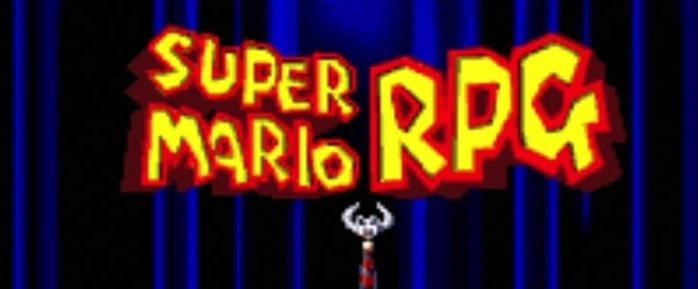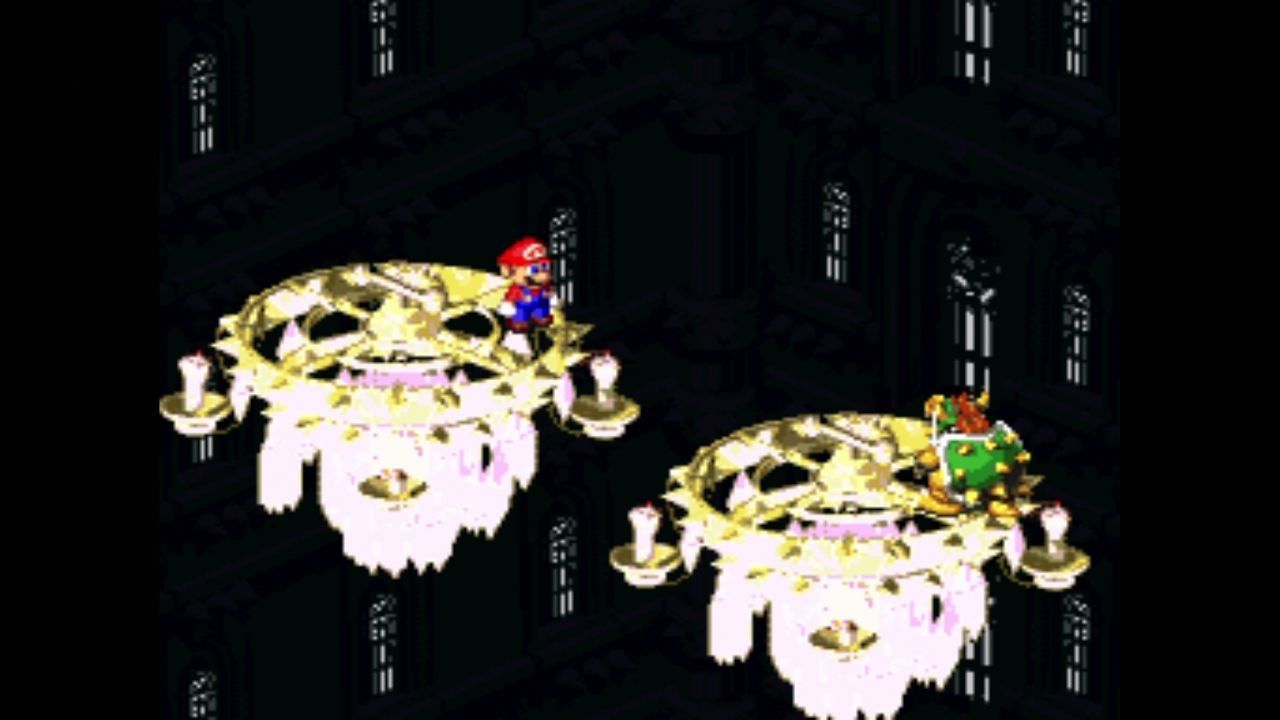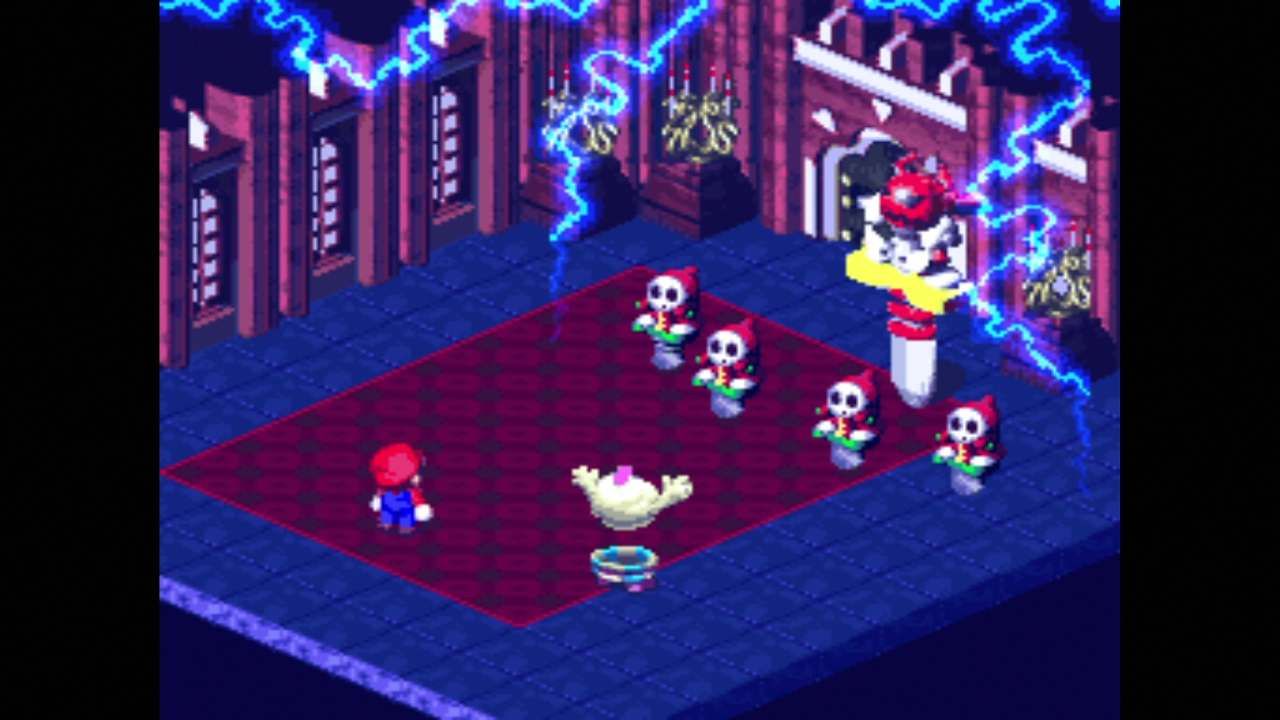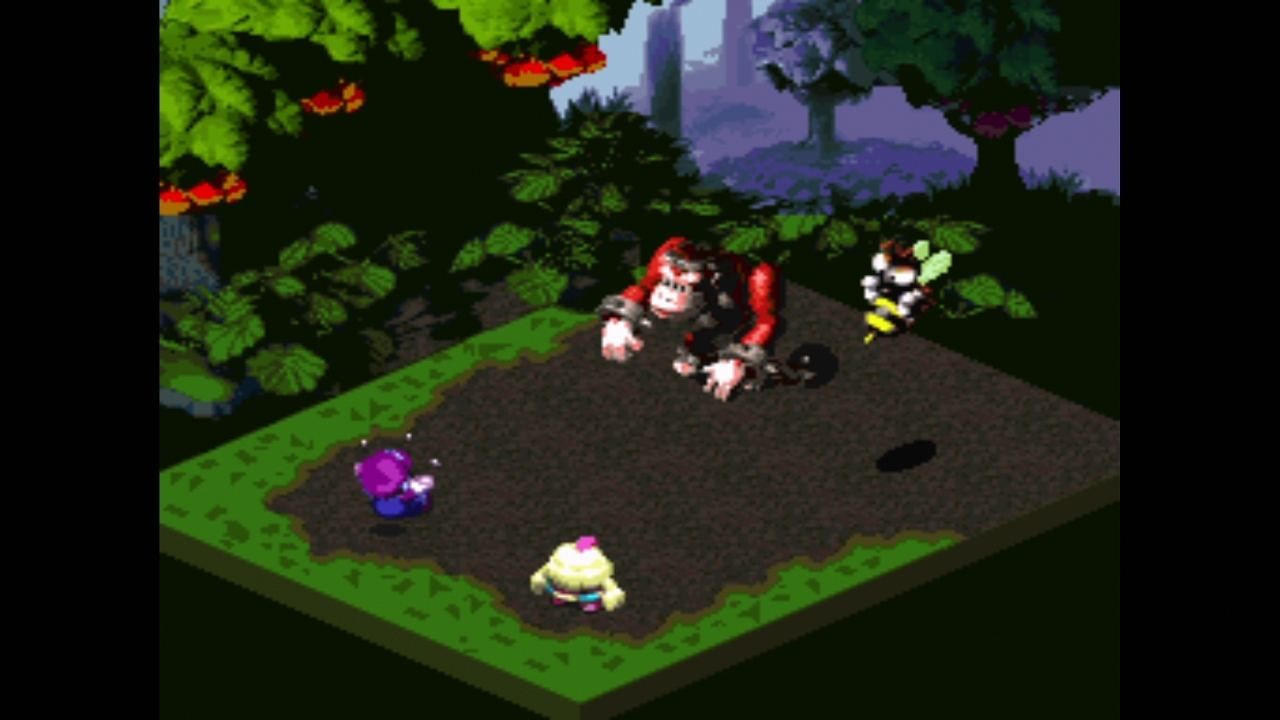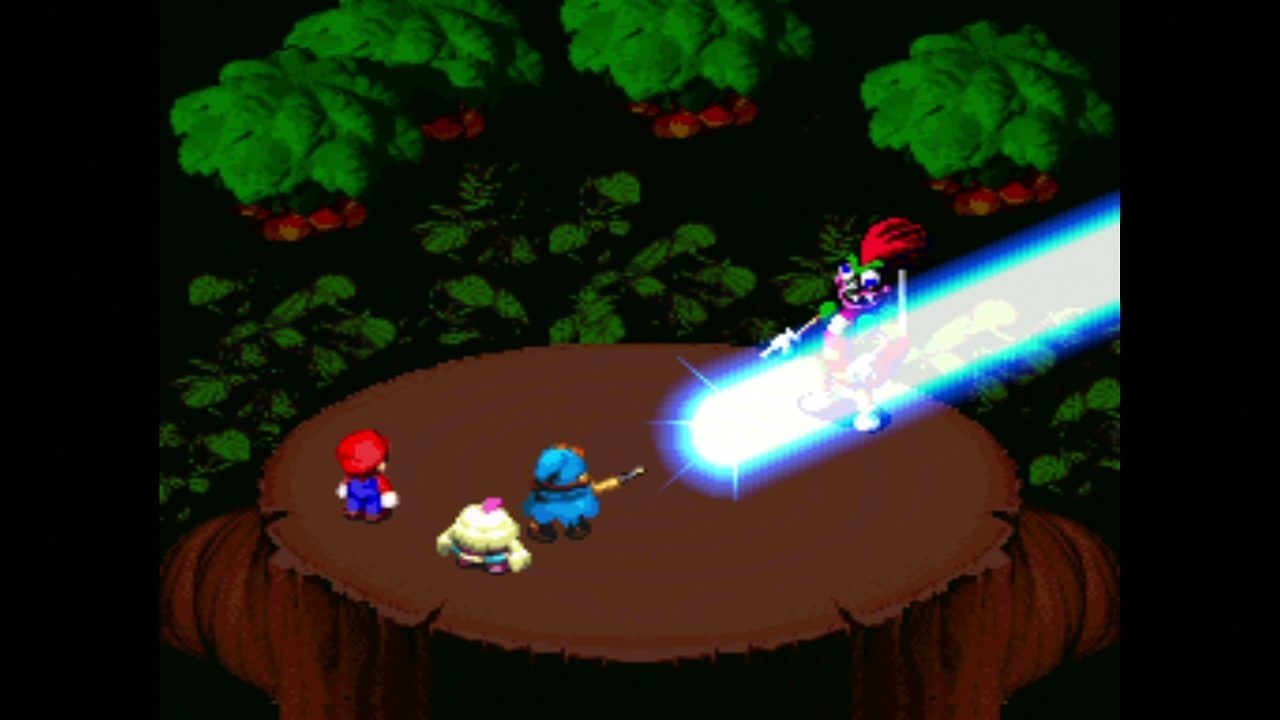1996 was a particularly interesting year for the gaming industry, as both Squaresoft (now Square-Enix) and Nintendo had transformative years for their business. Nintendo was preparing the Nintendo 64 hardware across the globe and Square was preparing to end their time on cartridges with the move to the PlayStation's larger-scale CD format. Super Mario RPG marked the final time the companies would work together for several console generations. This Nintendo and Square co-production was the first RPG experience for many, myself included, and wound up opening the door to a genre that Final Fantasy VII would blow open a year later on the PS1.
Super Mario RPG was one of the first games I ever bought a strategy guide for and it was a life-saver for a new genre. Seeing not only all kinds of art throughout it, but also guides on how to unlock things like a latter-game casino and proper event chains to avoid frustration made it a more enjoyable experience. The casino in particular was something that stood out a lot because my mother loved any game with such content as a big bingo player and this small part of the adventure made this game something we would both enjoy and get use out of. That being a motivator for me is one reason I stuck with the game until the end and the game was a nice gateway for her into RPGs like it was for me -- just in a different way.
The overall tone of the adventure is light-hearted like most Mario works, but starts off stronger dramatically and was the first game to really show Bowser in a sympathetic light. While he starts off fighting Mario in his castle in a gorgeous set-piece battle with Princess Peach hanging in the balance (literally), they both get kicked out of the castle by Smithy, who takes it over and sends Mario all around the world to capture seven stars to rebuild the path to the castle.
Having Mario and Bowser as allies is common now, but in '96, it was brand-new and Square did a fantastic job of making everyone who was around before this game feel natural for an RPG. Bowser is a heavy-hitter, while Mario is an all-arounder who deals out a great mix of physical damage with his hammer and jumping abilities while also doing damage from a distance with fireballs. The battle system was an interesting experiment because it was turn-based with action thrown in.
Traditional platforming skills like timing are put on display for not only on-field platforming sections, that can be a odd with the isometric perspective, but also for the timing-based combat. Pressing a button at the exact right time allows damage to either be halved when you're taking damage or sometimes doubled or more when you're using an attack that can be stacked. Mario is the king of stackable attacks, but Bowser has some and Peach works as not only a great healer, but a damage-dealer with her cast-iron cookware.
The flexibility of the Mario characters and universe, even by this point, was impressive. Mario had gone from platforming to kart racing to in this case an RPG, but it being so successful paved the way for not only different Mario RPGs with the Mario and Luigi games, but also the Mario Golf and Mario Tennis series integrating RPG elements into the core gameplay. RPG veterans may have scoffed at this game when it came out due to it having Mario, but as a gateway RPG, it was far better than something like Final Fantasy Mystic Quest and offered a better challenge and more rewarding gameplay.
Historically, it was also the first game to really set up the larger Nintendo universe being interconnected in some way. At various points, the player can see either Samus or Link resting at an inn and an enemy appears that looks like a chained-up DKC-era Donkey Kong. Ever since the debut of Super Smash Bros., the idea of this is commonplace, but it was new at the time and impressive to see unfold in the game. The adventure itself takes Mario and his team across a lot of neat lands, and includes new characters like Mallow and Geno to freshen up the roster.
Visually, there was nothing like this game before in the Mario universe and the CG look to everything made it stand out and got the imagination pumping for a traditional Mario platformer in this same style. While a 2D game never materialized with that style, the look of Mario and the gang from Sunshine on is influenced by their appearance here and it was the first time 3D models would have been made for the cast. Outside of the game being pixelated on modern displays, the overall look has held up well with things like flashy magic attacks striking a balance between being fancy and not taking 1,000 years like FF VII's would a year later. Attack animations are nice and it helps visually to have every attack actually hit the enemy or be visibly blocked. Having little throwbacks like a curtain where you can transform into SMB 1 Mario further shows off just how much progress was made graphically in a short time period.
Audio-wise, Mario RPG retains a lot of signature tracks while adding new ones in that take advantage of the SNES hardware. There are a lot of musical styles represented thanks to the different stage types, and even small things -- like a hidden Final Fantasy-style boss -- result in musical shifts to fit the tone of combat. Sound effect work is impressive too, with Peach's clanking cookware being an effect that's still in my head all these years later. It's a testament to the hard work of the development team that so much of this game holds up over 25 years later.
Hopefully, Super Mario RPG winds up getting a re-release on the Nintendo Switch Online service at some point. It has been re-released on the SNES Mini and on the now-defunct Wii Virtual Console, but the mix of this being a co-development and Square owning original characters in it has made re-releases trickier. It's still a ton of fun to play through and an adventure that anyone looking to get into RPGs should undertake. For being as old as it is, it holds up better than most games of its era across the board and is the best, most-rewarding gateway RPG out there.

